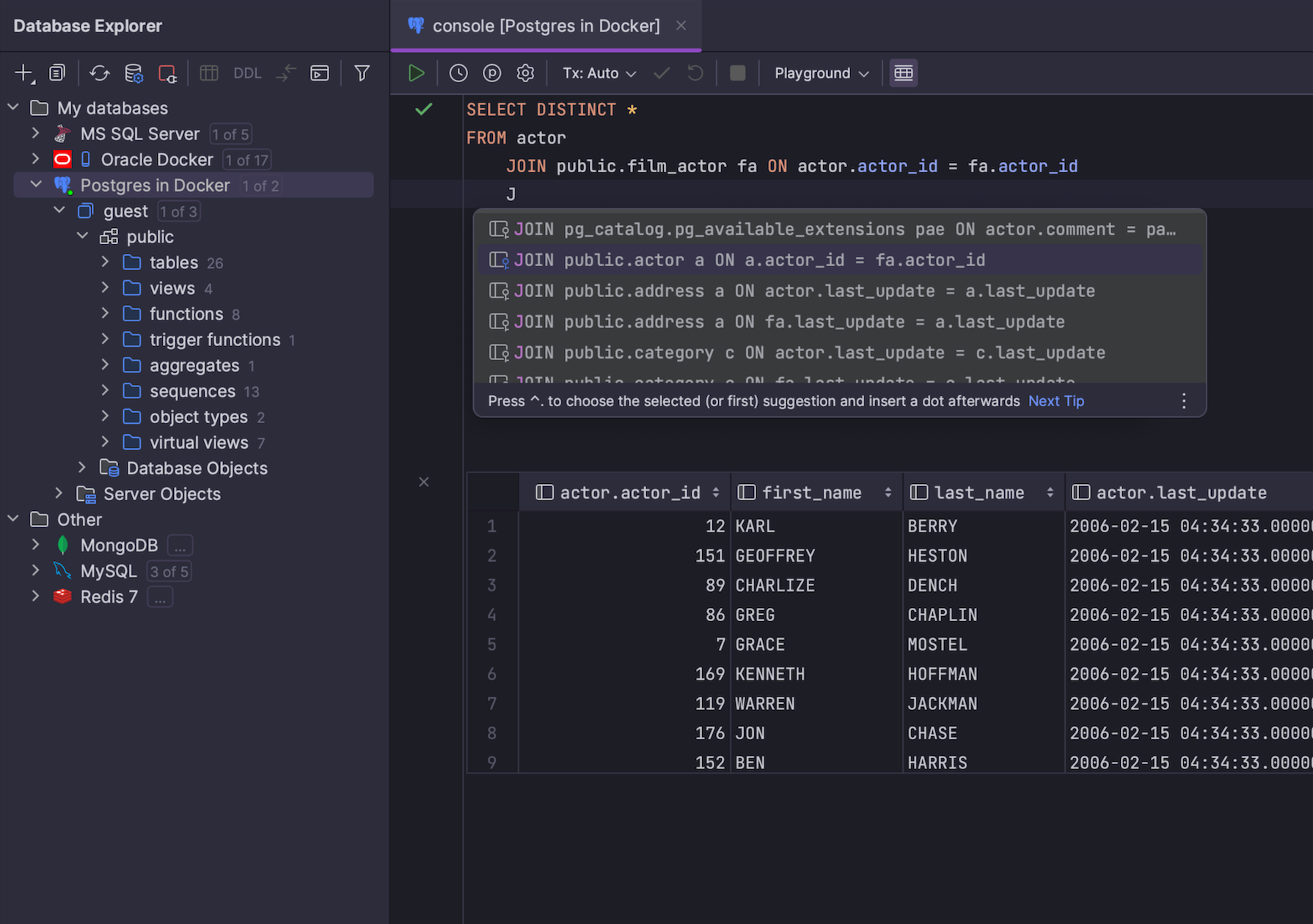


In a future Simple SSIS blog post I will show how to loop through a directory of files and improve on this import by capturing debugging information and import statistics.Published: T18:49:44+05:30| SQL Server Migration | 4 Minutes Reading If any columns are not automatically mapped, either drag and drop the column on the corresponding columns that should be mapped, or select the corresponding column value from the Input Column dropdown list.Īfter the package is executed the data will be loaded into the FileDetails staging table. On the Mappings section, if the OLE DB Destination could match the names, lines will be drawn connecting the two columns. On the connection manager section we will select our OLE DB Connection and the Data Access mode of Table of view – fast load. This OLE DB destination will define the details of the destination of our data into the database tables and which data stream columns will be mapped to which database columns. OLE_DEST – The File Import staging table destination As a best practice, if you are not going to use one of the columns in the data flow, its best to deselect it hear, it will takes up less space on your data stream and increase the performance of your package. On the Columns section we will output all four columns.

On the connection manager section select the FileData flat file connection manager. This data stream will provide the input to the OLE DB Destination to write data to the files. This data source will define the connection manager and the output columns from the flat text file into a data stream. This data flow implements two components a Flat File Source and OLE DB Destination which are necessary for importing data between the flat text file and the database table. This Data Flow task “DFT – Import File data into the File Details staging table” implements the file import process, using a Flat File Source and OLE DB Destination.ĭFT – Import File data into the File Details staging table The File Import package will use a single Data Flow task to import the file data. In the Advanced section of the flat file connection manager editor we will need to adjust each of the columns to match the data size and type for the corresponding database column. In the columns section of the flat file connection manager editor we will select the Vertical Bar value for the Column delimiter drop down list, because the flat text file is pipe delimited. The pipe delimited file we are going to import may contain Unicode characters and has column names in the header row, so we will need to select the “Unicode” and “Columns names in the first data row” options. In the general section of the flat file connection manager editor we will select a file that is representative of the files that will be imported. We will need to setup an OLE DB connection to query the FileImport and FileDetails tables as well as a Flat File connection to read the pipe-delimited flat text file data. Let’s start by creating a new SSIS Package and renaming it to FileImport.dtsx. The File Import SSIS package will make a connection to a flat text file, read the contents of the flat text file into a data stream, map the results to a database connection and write the contents of the stream to a specified database table. , CONSTRAINT PK_FileDetails PRIMARY KEY CLUSTERED (FileDetailsID ASC) , CONSTRAINT PK_FileDetails PRIMARY KEY CLUSTERED (FileDetailsID ASC ) ) ON įileDetailsID INT IDENTITY(1, 1) NOT NULL Being that the data being imported us user specific, the following columns are relevant name, email, phone, etc…įileDetailsID INT IDENTITY ( 1, 1 ) NOT NULL Each staging table will be representative of the data that is being imported. The File Details table is the staging table for all records imported.


 0 kommentar(er)
0 kommentar(er)
